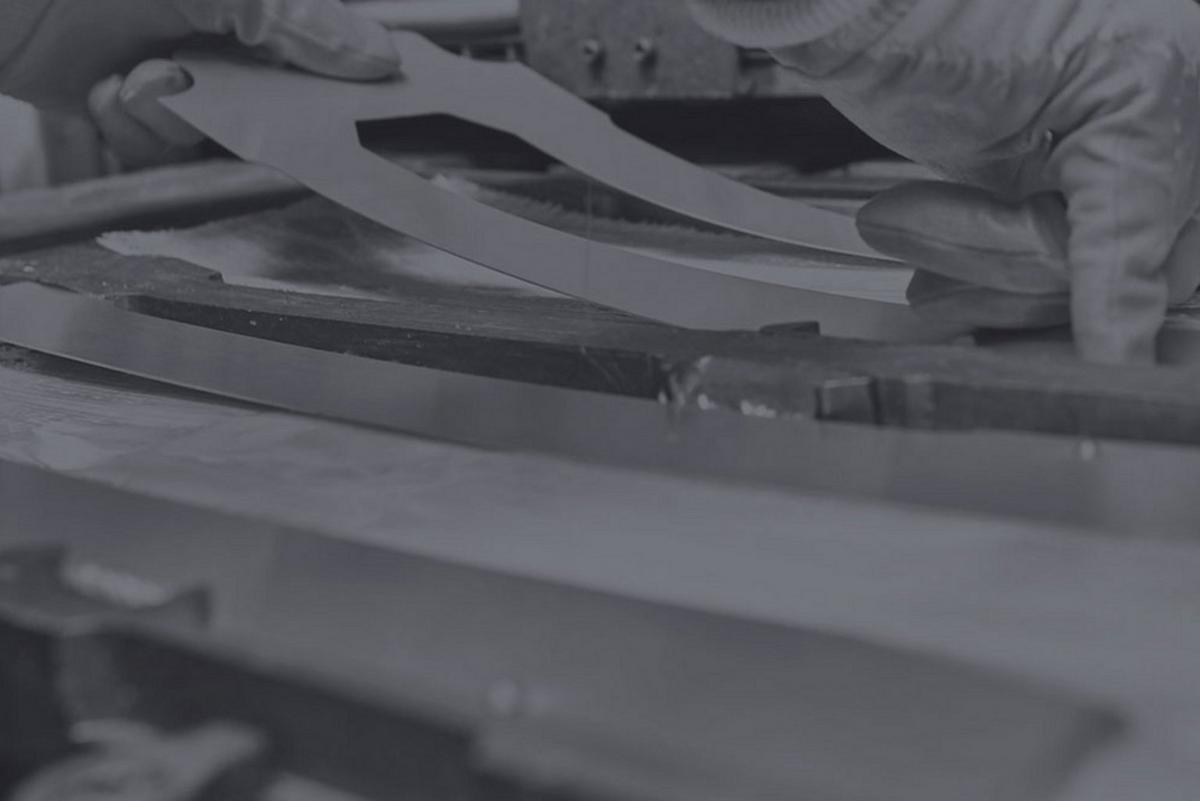I don't agree with some details of what's said above about the metal sheets. Although I am nit picking. The point I would like to make is Bode was trying to make an inflection point in front of his binding. Doesn't make complete sense to me, but I do agree if your tip is experiencing a lot of force from the terrain, especially at high speeds, a torsional and longitudinally stiff ski will translate that to your foot and any slop in your boot will be a loss of precision. My slalom skis at high speed try to turn themselves from the tip in rough terrain. I have to "un-turn" them when going really fast. So he wants to "disconnect" the tip forces from transmitting back to your boot. OK, a key hole will probably do that. Now what are the other consequences of disconnecting the tip? Well my speculation is loss of the ski pulling your tip across the fall line, but the ski will turn like a much shorter ski (hence you can decrease side cut to increase turn radius). That all makes sense. Bode talks about the Pressure point of the ski being consistently at the inflection point. I guess if the front part of the ski is doing everything else is needs to do, then its good. I have not sorted it out in my mind, but Bode sure knew what he wanted the ski to feel like and it sounds like they hit his target with these skis. So now, I ask myself will I like his target?? I don't know and suspect I won't, but I have no confidence in my ability to judge without a better understanding of what was done to alter the skis behavoir. I don't really like the turtle shell effect Stockli has created with their S cuts, and I sure can feel that.
Technically won't a hole keep the torsional stiffness up (metal on the edges) and soften the ski longitudinally?? (no metal in the middle)
As for the cost discussion, as Swiss Toni says, the titanal is laser cut on a machine and the cost is a formula of raw material cost, nesting of forms (sheet utilization), machine set up cost, and machine operating hourly cost, and # of parts made per hour. Its how machine shops (sheet metal) price out jobs (if bending is required, have to factor that in too, probably not required for skis). I have been through this a lot as a mech. design engineer.
I think the driving factor in shaping the titanal is weight reduction. I think it may increase costs in general, unless it is going from a full width sheet to a shorter narrower width sheet.





